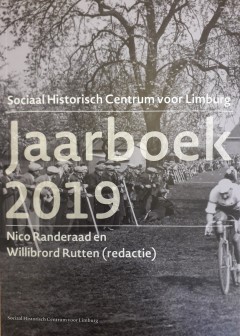Lengtegroei, lotelingen en Limburg. Doorgroei van Limburgse plattelandsjongens in Eijsden en Arcen-Velden, 1863-1898
DOI:
https://doi.org/10.58484/ssegl.v64i12329Trefwoorden:
negentiende eeuw, historische antropologie, Limburg, Eijsden, Arcen en VeldenSamenvatting
Abstract Height is often used as a proxy for the living standards of historical populations. In this framework, Limburg is the odd one out within the Dutch context. From being among the ‘tallest’ provinces in the middle of the nineteenth century, Limburg was amongst the shortest around the turn of the century. This makes it an excellent case to study catch-up growth for historical populations. The lower living standards of the nineteenth century did not only result in a shorter stature, they also lowered growth velocity. For Dutch cities an average catch-up growth of over five centimeters was not uncommon. Using conscription records and registers of the civic guards, this article will examine catch-up growth for the province of Limburg. However, since previous studies mainly focused on urban areas, we will focus on the rural municipalities of Eijsden and Arcen en Velden. We show that these municipalities display a lower average amount of catch-up growth of under two centimeters. Furthermore, social differences within these villages were smaller compared with the rest of the Netherlands. Moreover, the Netherlands were able to catch up between age 20 and 25 when it came to height. Near the end of the research period, catch-up growth decreased in the Dutch cities, but in turn increased on the Limburgian countryside.
Downloads
Gepubliceerd
Nummer
Sectie
Licentie

Dit werk wordt verdeeld onder een Naamsvermelding-NietCommercieel 4.0 Internationaal licentie.



